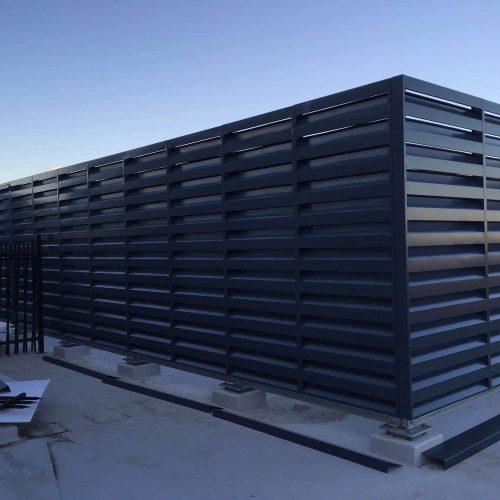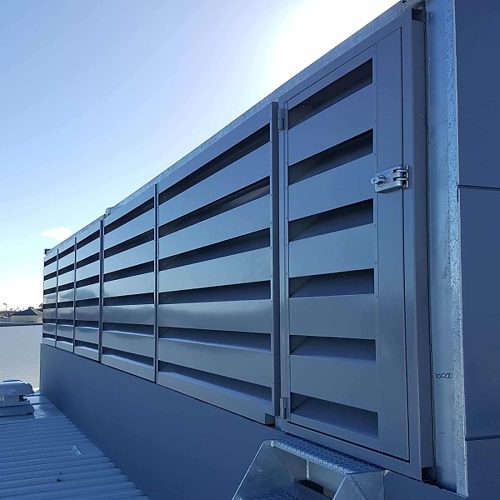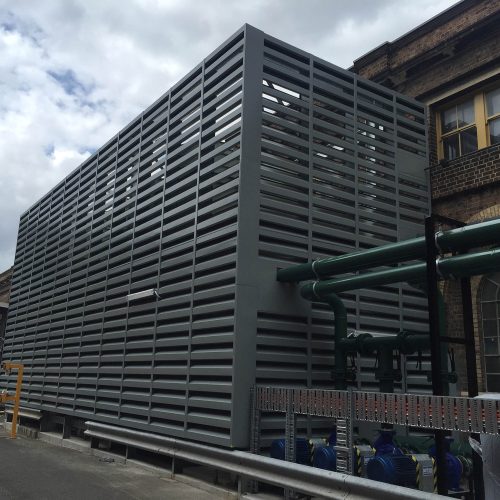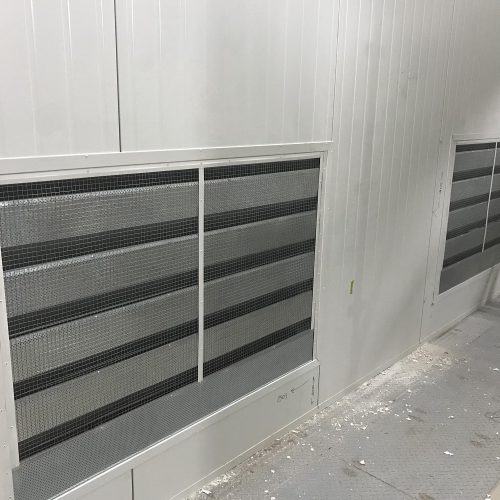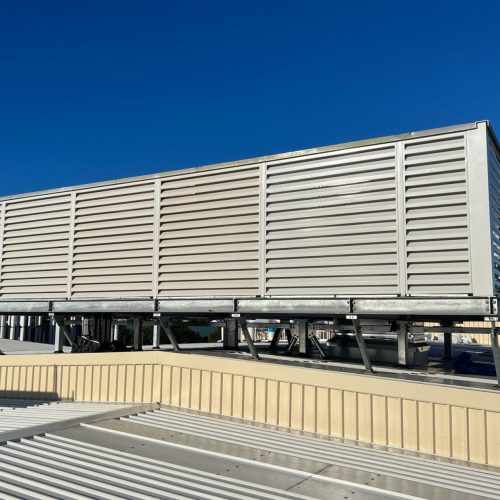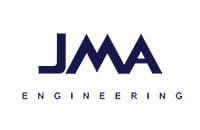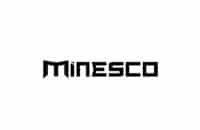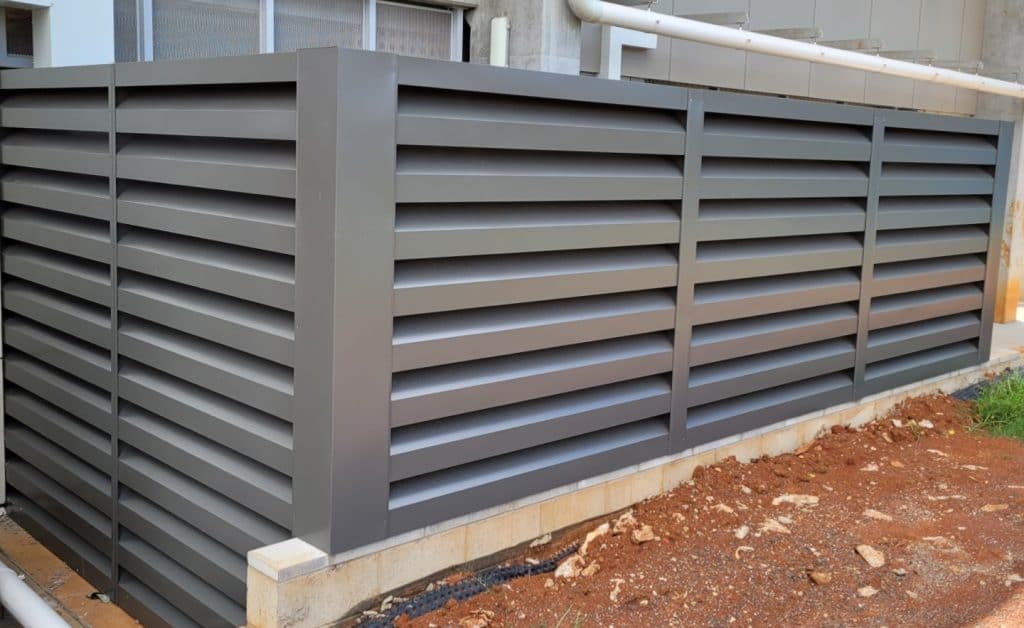Flexshield Sonic Series Acoustic Louvres: Noise Control Solutions for Industrial Applications
Flexshield Sonic Series Acoustic Louvres are specifically designed to minimise the impact of environmental noise in industrial and mixed commercial-use settings. As a well-known manufacturer of high-performance acoustic louvres, we have completed thousands of installations across Australia. Our Sonic Series Acoustic Louvres offer a variety of solutions for noise reduction in different applications, from ventilation systems to cooling tower inlet attenuators and screens.
Our Sonic Series acoustic louvres are tailored to reduce noise pollution generated by plant cooling towers, boiler rooms, and air handling systems in all types of buildings. These louvres are suitable for industrial and commercial applications, such as power stations, chemical treatment plants, and offshore installations.
Sonic Series Acoustic Louvre Performance
At Flexshield, we know that every project is different. That’s why we conduct all necessary noise surveys and acoustic analyses to offer tailored solutions that match your specific noise control needs. Our Sonic Series Acoustic Louvres come in different finishes, such as galvanised mild steel, aluminium, stainless steel, and powder-coated.
Our acoustic louvres provide an elegant and uninterrupted sight line finish, while ensuring that the noise control requirements are met. Our louvred screens, freestanding barriers, and enclosures come in various colours and finishes, making them perfect for integration into building facades.
Our Sonic Series Acoustic Louvres are high-performance and are widely used by architects, contractors, and building designers. Our louvres effectively reduce noise levels for building intake and exhaust openings, as well as for mechanical services plants.
Flexshield Sonic Series Acoustic Louvres can be installed either as standalone screens or integrated into building facades. Our louvres are suitable for various applications such as car parks, plant rooms, substations, cooling towers, and any other application that requires sound attenuation and ventilation.
Acoustic Louvred Doors and Gates
Acoustic louvre doors and gates are structures that use slatted louvres to control the transmission of sound while allowing airflow. These doors and gates are designed to reduce noise levels in environments where noise control is crucial, such as industrial facilities or power stations. The louvres can be adjusted to balance the need for ventilation and sound reduction, making them versatile in various applications. The primary objective of the design is to maintain a certain level of acoustic performance while allowing for necessary airflow and ventilation in the enclosed space.
Flexshield Sonic Series Acoustic Louvres Construction:
- Rugged all-steel galvanised construction. Stainless steel, aluminium, and other materials are also available.
- Inert, vermin-proof, weather-rated, non-combustible acoustic fill.
- Perforated splitter underside for maximum sound absorption.
- Weather stop inhibits rain/snow entry.
- Available in a variety of depths, in both single and double-banked versions.
- Available in various durable, attractive finishes,
- Modular sizes enable the assembly of rectilinear louvre walls of almost any size.
- Louvre blade orientation blocks the horizontal line of the sight, enhancing both aesthetics and acoustic performance.
- Detachable galvanised bird screen fitted as standard on the rear of the louvre. Insect screens are also available.
Flexshield Sonic Series Acoustic Louvres Accessories:
- Blanking plates
- Bird/vermin guards
- Insect mesh
- Louvred doors



